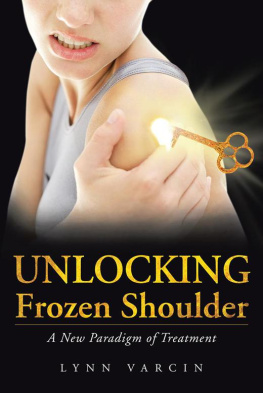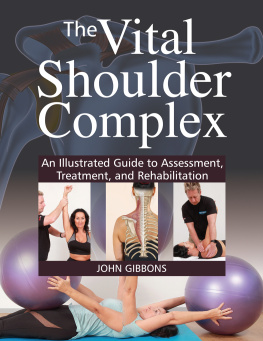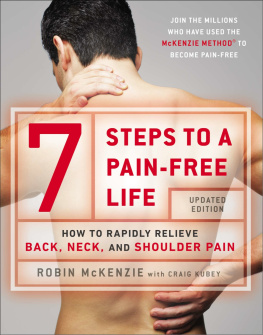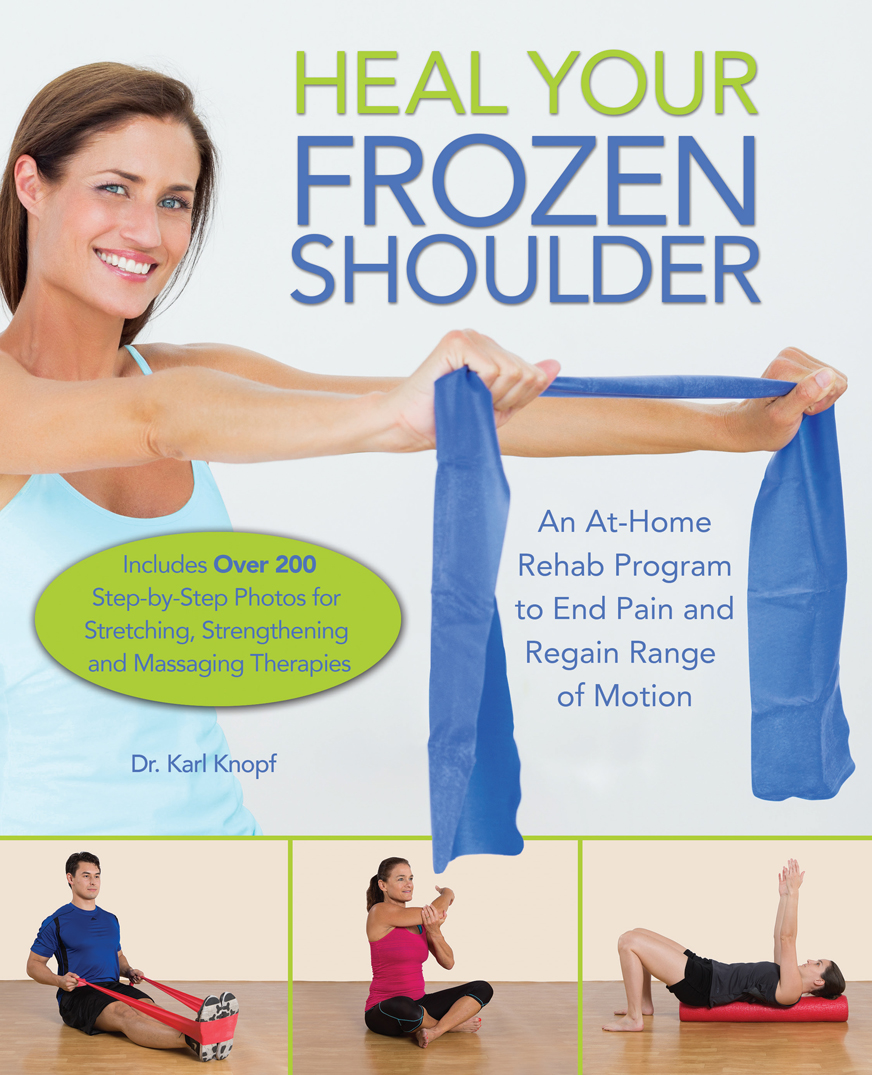
Text copyright 2017 Karl Knopf. Photographs copyright 2017 Rapt Productions except as noted below. Design and concept copyright 2017 Ulysses Press and its licensors. All rights reserved. Any unauthorized duplication in whole or in part or dissemination of this edition by any means (including but not limited to photocopying, electronic devices, digital versions, and the Internet) will be prosecuted to the fullest extent of the law.
Published in the United States by:
Ulysses Press
P.O. Box 3440
Berkeley, CA 94703
www.ulyssespress.com
ISBN: 978-1-61243-656-2
Library of Congress Control Number: 2016950674
10 9 8 7 6 5 4 3 2 1
Acquisitions editor: Casie Vogel
Managing editor: Claire Chun
Editor: Lily Chou
Proofreader: Renee Rutledge
Indexer: Sayre Van Young
Front cover/interior design: what!design @ whatweb.com
Layout: Jake Flaherty
Cover artwork: Rapt Productions except woman with blue exercise band lightwavemedia/shutterstock.com
Interior artwork: Rapt Productions except pages 8, 10 Sebastian Kaulitzki/shutterstock.com
Models: Evan Clontz, Kym Sterner, Chris Wells, Chris Knopf
Distributed by Publishers Group West
PLEASE NOTE: This book has been written and published strictly for informational purposes, and in no way should be used as a substitute for consultation with health care professionals. You should not consider educational material herein to be the practice of medicine or to replace consultation with a physician or other medical practitioner. The author and publisher are providing you with information in this work so that you can have the knowledge and can choose, at your own risk, to act on that knowledge. The author and publisher also urge all readers to be aware of their health status and to consult health care professionals before beginning any health program.
This book is independently authored and published. No sponsorship or endorsement of this book by, and no affiliation with any trademarked brands or products mentioned or pictured, is claimed or suggested. All trademarks that appear in this book belong to their respective owners and are used here for informational purposes only. The author and publisher encourage readers to patronize the quality brands and other products mentioned and pictured in this book.
Table of Contents
Guide
CONTENTS

Frozen shoulder is a mysterious condition in which the connective tissues around the shoulder joint thicken and tighten, leading to loss of mobility. Basically, your shoulder freezes up. The technical definition of frozen shoulder is adhesive capsulitis, which is the medical term for stiffness and pain associated with limited range of movement in the shoulder. It most often occurs in just one shoulder but can occur in both.
Shoulder dysfunction is caused by many variables: falls, overuse, misuse, and even disuse after an injury. Injury to the soft tissue surrounding the shoulder joint may very well be prevented if you perform a gentle strengthening program of corrective exercises, but if you currently have a frozen shoulder you may already know this and now want to get better. The good news is that 90 percent of frozen shoulders can be rehabilitated. Patience and a regular schedule of gentle exercises are key.
The intent of this book is to offer you corrective exercises that you can do over a lifetime to prevent the condition from returning. The book will give a brief overview of shoulder anatomy, describe frozen shoulder dysfunction, and provide corrective and post-rehab exercises.
This book is not meant to be a replacement or a substitute for medical care or physical therapy. For the best chance of full recovery, all treatment plans should be designed with your individual characteristics in mind. With the supervision of a doctor and therapist, anyone can use this book to improve range of motion and strengthen the shoulder region. The information contained within this book has been gleaned from medical publications and therapy handbooks and represents the most current information about frozen shoulder. However, as with anything, as further clinical research is done, treatment plans may change.
WHO GETS SHOULDER ISSUES?
Statics show that, over a lifetime, more than 20 percent of the adult population has or will suffer from a shoulder joint dysfunction that affects daily activities. A shoulder dysfunction is no small problem; it can disable a person for a sustained period of time. The causes of shoulder problems are many and varied and can range from improper body mechanics, such as sitting incorrectly at the computer, or too many overhead movements. Who gets frozen shoulder issues?
People who engage in repetitive overhead motions are more prone to shoulder pain and dysfunction.
People who have prolonged immobilization of the joint due to pain or poor rehab.
Women are more frequently affected than men.
Those with a history of diabetes have a higher incidence than non-diabetics.
Older peopleincidence increases with age.
While age doesnt cause shoulder problems, it unfortunately brings changes in joint structures and soft tissues of the shoulder joint. As we age, the soft tissues surrounding the shoulder girdle undergo some structural changes that often lead to the weakening of the supporting ligaments, tendons, and muscles.
Some experts in the field suggest that, by 50 years of age, most people have some internal shoulder structural changes. Often, tendinitis can manifest itself as a tendon degenerates with age and misuse. If simple chronic shoulder issues arent properly treated early, greater damage can occurwhich is why early intervention and preventative maintenance are the key to complete shoulder health.
The occurrence of frozen shoulder is seen more frequently in people with a history of diabetes, or chronic inflammatory arthritis of the shoulder, or those who have had chest or breast surgery as well as a stroke. Its very common to see a person who experiences shoulder pain try to protect the joint by not moving it. Any long-term immobility of the shoulder joint can put people at risk of developing a frozen shoulder.
DO I HAVE A SHOULDER ISSUE?
The onset of a shoulder problem often manifests slowly over time and is neglected until it affects the persons range of motion or the pain is unbearable. Ironically, the natural response to stop using the shoulder when it hurts may actually contribute to a frozen shoulder.
Unfortunately, many people wait too long before going to the doctor about their shoulder problem, assuming it will just get better on its own. Research suggests that most people dont go to the doctor until theyve lost some level of range of motion. The current belief is that proactive steps such as medical care and gentle movement are the keys to preventing frozen shoulder syndrome.
If you suspect that you have a shoulder issue, get a diagnosis ASAP. An early intervention can keep a small issue from becoming a big one. Make an appointment with your primary care doctor, whos usually the port of entry into the medical system. Your general doctor may then refer you to other health professionals.
Some signs that you may have a shoulder problem are:
Difficulty moving a computer mouse around on the desk









